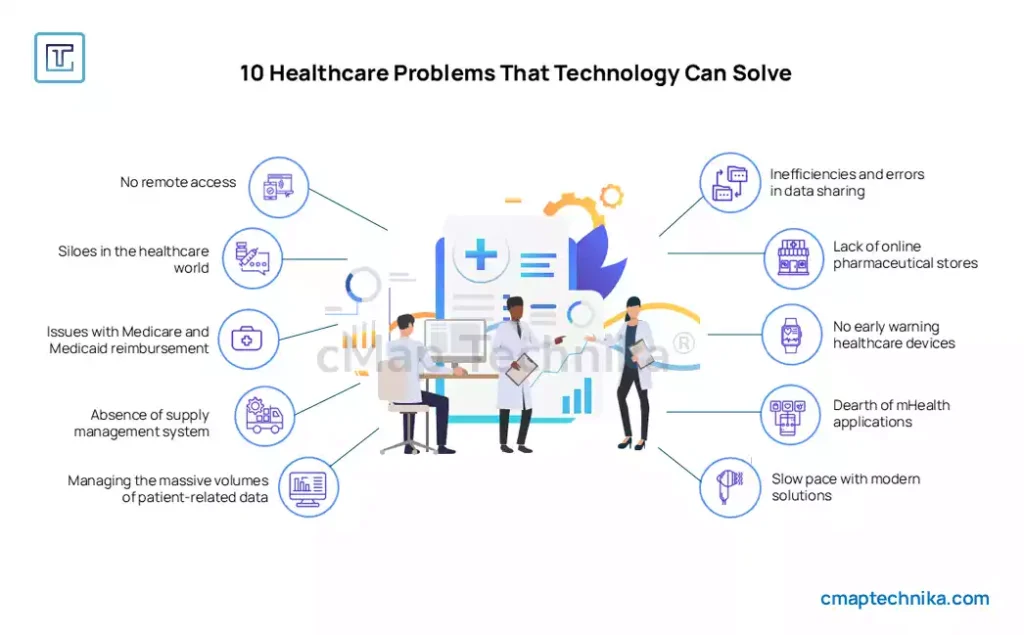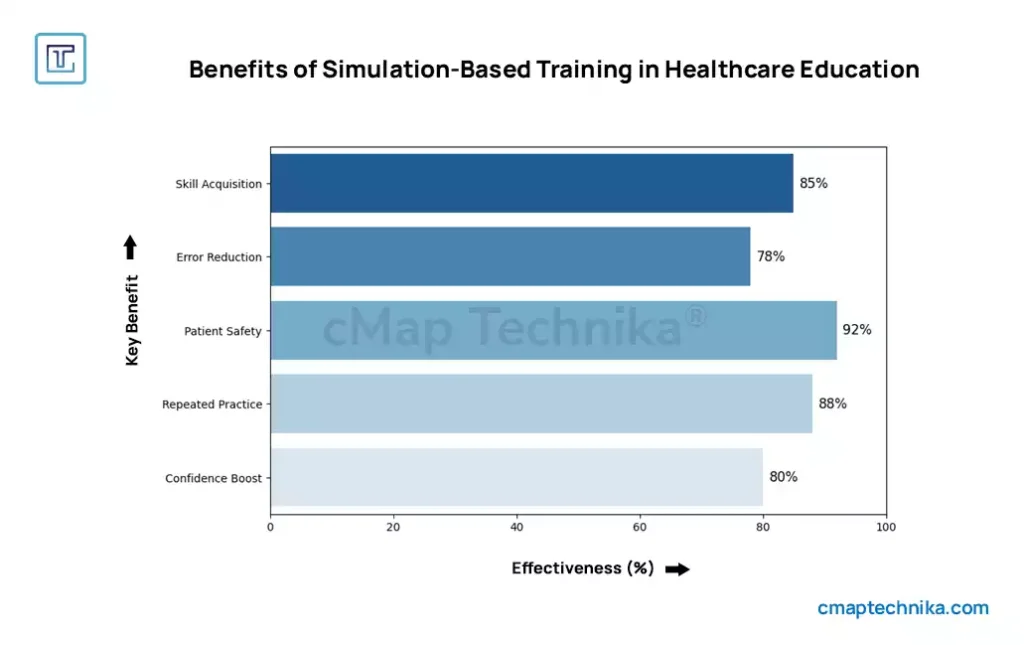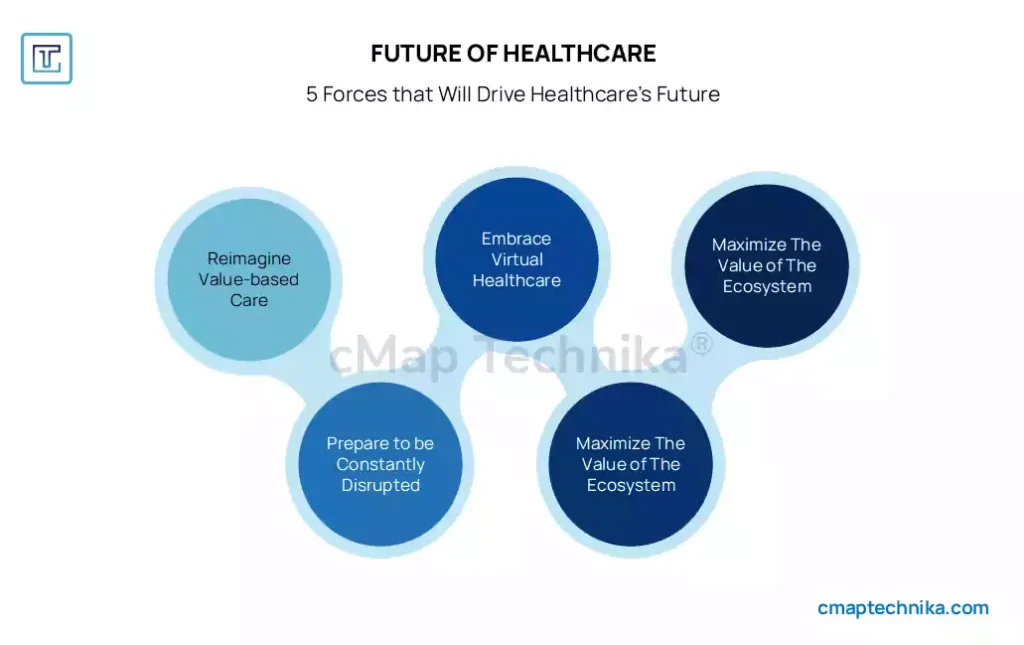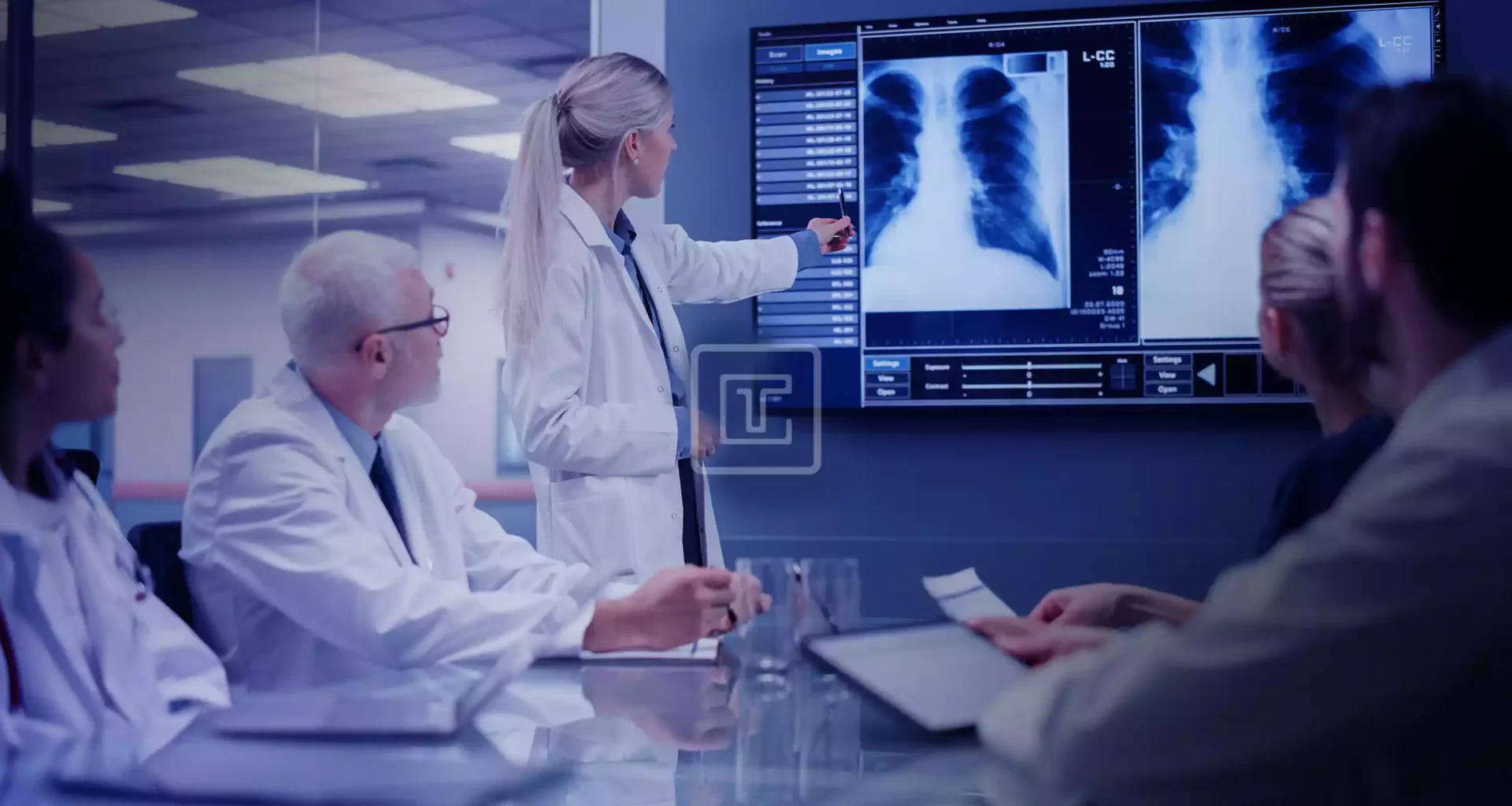The healthcare industry is continuously evolving, and so is the way healthcare professionals are trained. With rapid advancements in medical technology, patient care standards, and the increasing demand for specialized skills, traditional methods of healthcare education are no longer enough. Enter educational technology (EdTech)—a game-changer that is reshaping healthcare education and clinical training.
At Waltcorp, we recognize the significant role EdTech plays in transforming the training and development of healthcare professionals. As the healthcare sector faces the challenge of upskilling a rapidly growing workforce, integrating EdTech into clinical training programs offers a powerful solution. In this article, we’ll explore how EdTech is revolutionizing healthcare education, improving training methods, and equipping healthcare professionals with the skills needed for the future.
The Growing Need for Innovative Healthcare Education
The healthcare sector faces a growing demand for highly skilled professionals due to an aging population, technological advancements, and the need for specialized expertise. Traditional methods of clinical training—such as in-person lectures, textbook learning, and hands-on experience—have long been the cornerstone of healthcare education. However, these approaches face limitations in keeping up with the speed of innovation in medical practices and technologies.
As a result, healthcare institutions are increasingly turning to EdTech to enhance the efficiency, accessibility, and effectiveness of their training programs. By leveraging digital tools, virtual simulations, and online learning platforms, EdTech can help healthcare professionals gain the practical knowledge and expertise they need to succeed in an ever-evolving healthcare landscape.
How EdTech is Revolutionizing Healthcare Education

1. Enhanced Access to Training Resources
One of the key benefits of integrating EdTech into healthcare education is its ability to provide greater access to training materials and resources. Traditional methods of learning often require students and professionals to attend physical classes or workshops, which can be logistically challenging and time-consuming.
With EdTech, healthcare professionals can access training materials and courses from anywhere in the world. Online learning platforms, such as interactive webinars, video tutorials, and virtual classrooms, make it easier for healthcare workers to upskill at their own pace and on their own schedule. This is especially important for professionals working in remote or underserved areas who may not have access to in-person training opportunities.
Additionally, EdTech allows healthcare professionals to revisit content and refresh their knowledge when needed, creating a continuous learning environment. This approach not only increases accessibility but also supports lifelong learning, ensuring that healthcare workers stay up-to-date with the latest developments in their field.
2. Simulation-Based Training for Real-World Scenarios

Simulation-based training has become a cornerstone of modern healthcare education, providing professionals with the opportunity to practice skills in a risk-free environment. EdTech enables the creation of virtual simulations that replicate real-world clinical scenarios, allowing healthcare providers to hone their skills before working with actual patients.
For example, medical students and professionals can use virtual reality (VR) and augmented reality (AR) simulations to practice complex surgical procedures, diagnose conditions, or navigate emergency situations. These immersive experiences mimic real-life scenarios, giving trainees the chance to learn by doing without putting patients at risk.
Simulation-based training also offers the ability to repeat scenarios multiple times, reinforcing learning and boosting confidence. By integrating EdTech into clinical training, healthcare professionals can gain hands-on experience that builds competence and enhances patient safety.
3. Data-Driven Personalized Learning
EdTech allows for the integration of data analytics to personalize learning experiences for healthcare professionals. By tracking the progress and performance of each learner, data-driven platforms can recommend tailored courses and training programs based on individual strengths and areas for improvement.
For instance, adaptive learning algorithms can assess a student’s knowledge and adjust the difficulty of training modules accordingly, ensuring that each learner is challenged but not overwhelmed. This personalized approach helps maximize learning outcomes, as healthcare professionals can focus on the areas where they need the most improvement.
Furthermore, the ability to track learning progress provides valuable insights into the effectiveness of educational programs. Institutions can use this data to refine curricula, enhance teaching methods, and ensure that professionals are gaining the skills necessary to excel in their roles.
4. Improving Interdisciplinary Collaboration
Healthcare education often involves various disciplines working together to deliver comprehensive patient care. EdTech can enhance interdisciplinary collaboration by offering platforms that bring together professionals from different backgrounds and specialties for joint learning experiences.
For example, online platforms can facilitate collaborative training for doctors, nurses, pharmacists, and allied health professionals. By participating in team-based simulations or case studies, healthcare professionals can learn how to work together more effectively in real-world clinical settings. This type of training fosters better communication, coordination, and a shared understanding of patient care, ultimately leading to improved outcomes.
Moreover, virtual classrooms enable global collaboration, where healthcare professionals from different parts of the world can share knowledge and best practices. This cross-disciplinary and global approach to education helps healthcare teams stay on the cutting edge of care delivery.
5. Remote Training and Continuous Professional Development
One of the most significant advantages of EdTech in healthcare education is the ability to provide remote training opportunities. Healthcare professionals often work long hours, and attending in-person classes or training sessions can be difficult. With the rise of remote learning platforms, however, healthcare workers can participate in training programs and earn certifications without leaving their workplace.
Online courses, webinars, and virtual workshops make it easier for healthcare professionals to stay current with new techniques, medical technologies, and evidence-based practices. Continuing medical education (CME) platforms, which offer on-demand courses in various specialties, allow healthcare workers to pursue professional development without disrupting their daily responsibilities.
Remote training programs also support the scalability of education. Healthcare organizations can reach a larger audience of professionals, even in rural or underserved areas, where traditional training facilities may not be accessible.
6. Bridging the Skills Gap in Healthcare
As the healthcare industry grows, so does the need for specialized skills in areas such as data analysis, telemedicine, and robotic surgery. EdTech helps bridge the skills gap by offering targeted training programs in emerging fields. Whether it’s learning how to use artificial intelligence in diagnostics or becoming proficient in remote patient monitoring, EdTech enables healthcare professionals to acquire the skills necessary for the future of medicine.
Through specialized online courses, micro-credentials, and certifications, EdTech provides a flexible and scalable solution for upskilling healthcare professionals. This helps ensure that the workforce remains adaptable and well-equipped to handle new challenges and technologies as they emerge.
Overcoming Challenges in EdTech Adoption

While the benefits of integrating EdTech into healthcare education are clear, there are still challenges to overcome. Healthcare institutions must ensure that the technology they adopt is user-friendly, secure, and compliant with industry regulations such as HIPAA. Additionally, instructors and trainees must be properly trained to use digital tools effectively.
To maximize the impact of EdTech, healthcare organizations should prioritize the integration of educational technologies into their existing curricula and invest in platforms that provide interactive, engaging, and personalized learning experiences. Consulting firms can assist healthcare organizations in navigating these challenges, ensuring a smooth transition to digital learning and helping to optimize training outcomes.
Conclusion
The future of healthcare education lies in the integration of EdTech into clinical training programs. By embracing digital tools, virtual simulations, and data-driven personalized learning, healthcare organizations can provide more accessible, effective, and engaging education to their workforce. As technology continues to advance, EdTech will play an increasingly critical role in equipping healthcare professionals with the skills and knowledge they need to deliver high-quality care in a rapidly evolving landscape.
At Waltcorp, we partner with healthcare organizations to integrate EdTech solutions into their education and training programs. Through strategic consulting, we help institutions harness the power of technology to enhance learning outcomes, improve patient care, and future-proof the healthcare workforce. By embracing the digital transformation of healthcare education, organizations can ensure that their professionals are prepared for the challenges of tomorrow’s healthcare environment.






